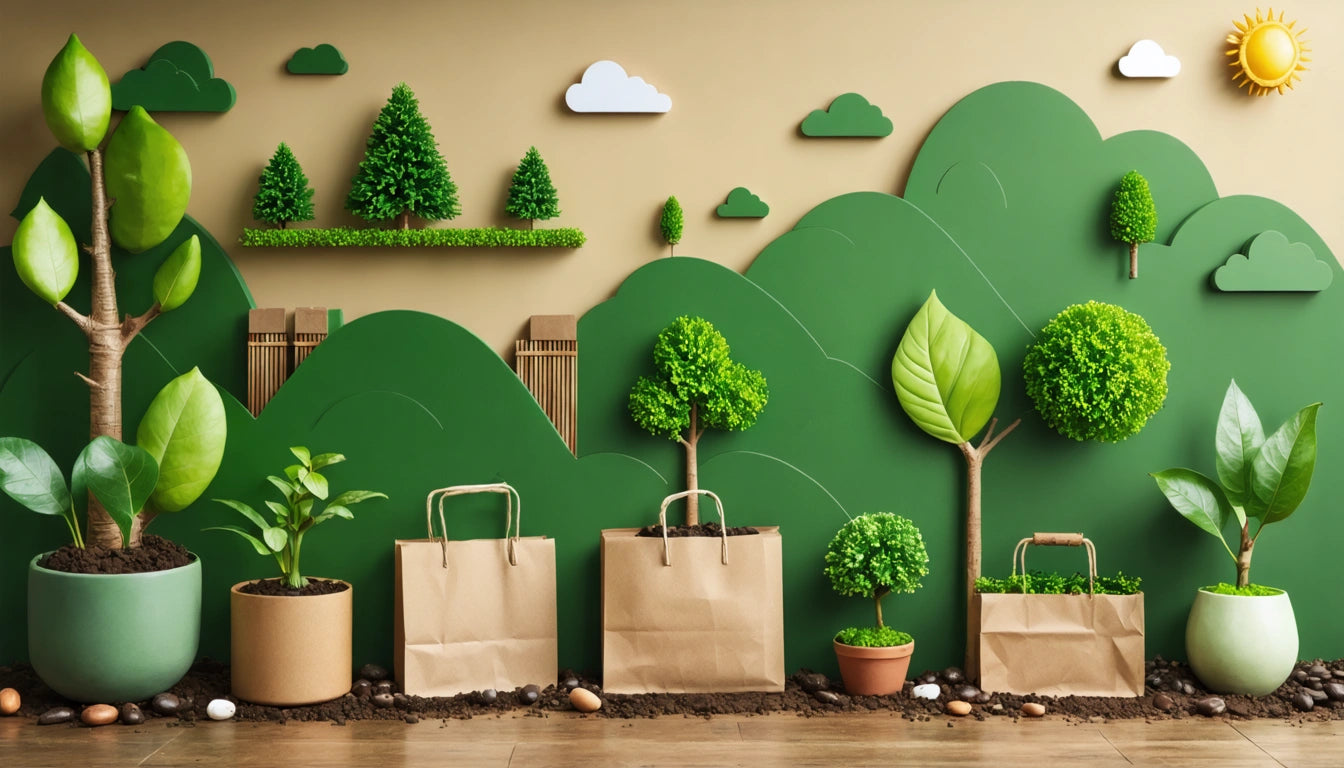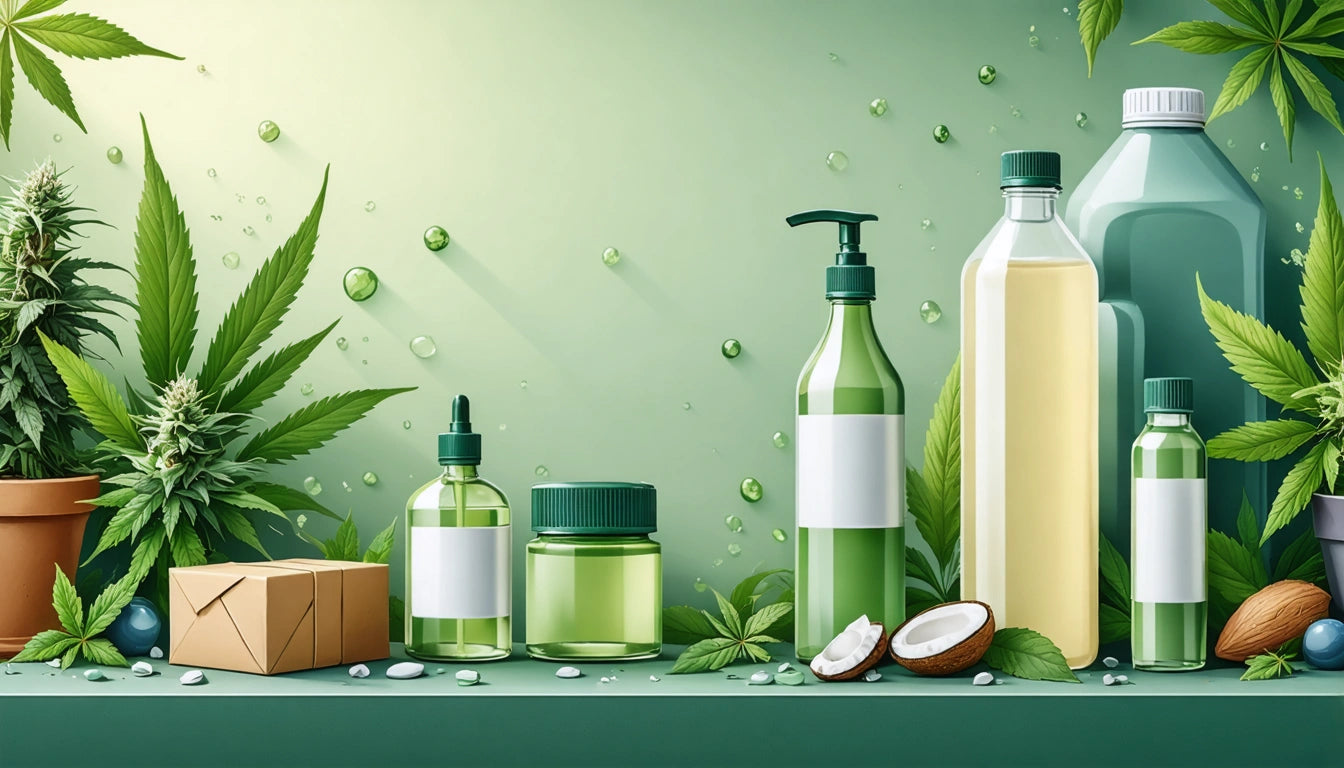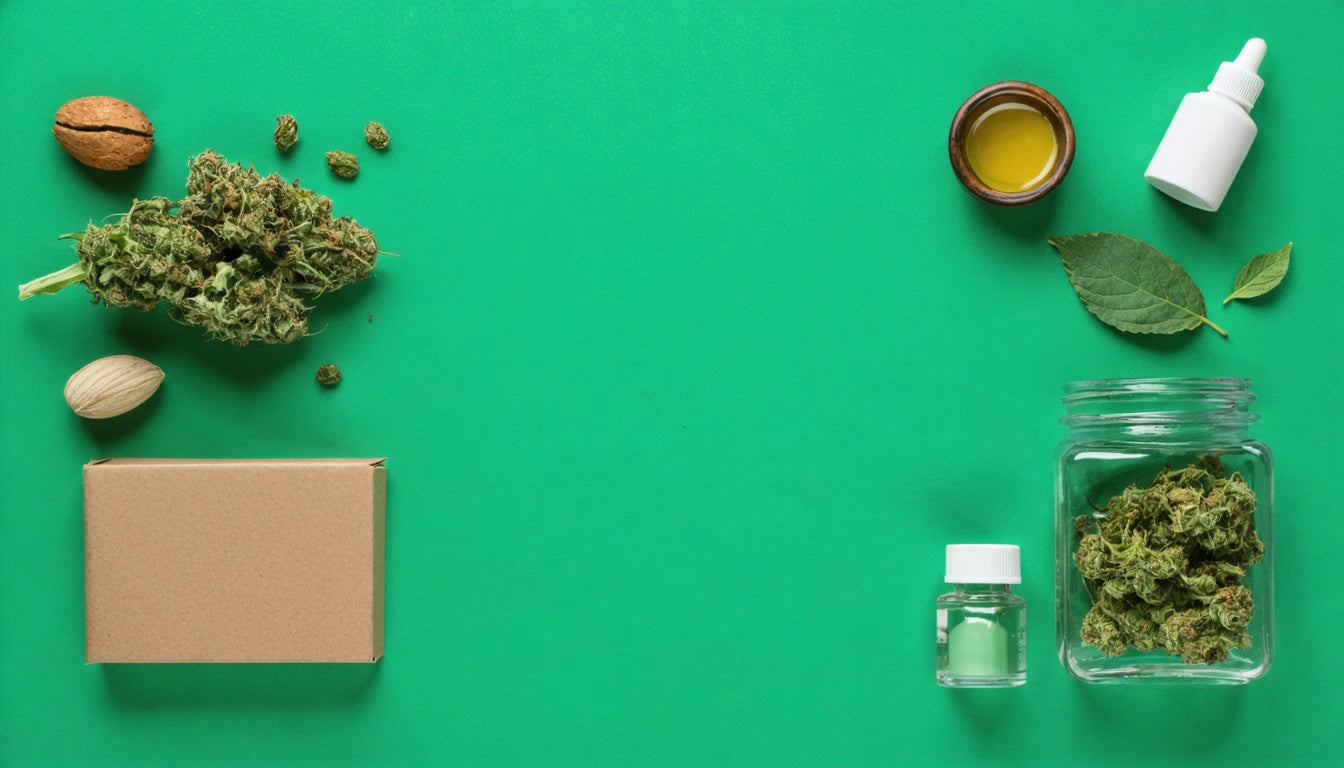Table of Contents
Using Packaging to Tell Your Brand's Sustainability Story
In today's environmentally conscious marketplace, packaging does more than protect products. It communicates values, particularly sustainability commitments that increasingly drive purchasing decisions. Effective sustainable packaging tells a brand story that resonates with eco-minded consumers while delivering on functional requirements.
Why Sustainability Storytelling Matters in Packaging
Packaging serves as a tangible representation of brand values. When sustainability is central to your mission, your packaging becomes a powerful communication channel. Research shows that 73% of consumers are willing to pay more for products with transparent sustainability practices, making this storytelling an essential business strategy.
Effective sustainability narratives through packaging can:
- Build deeper emotional connections with environmentally conscious consumers
- Differentiate your brand in crowded market segments
- Justify premium pricing for eco-friendly products
- Create consistency between brand promises and physical touchpoints
As highlighted in this guide on eco-visibility in packaging, showing rather than simply claiming environmental benefits creates more authentic connections with consumers.
Material Choices as Communication Tools
Bioplastics and Plant-Based Materials
Material selection forms the foundation of your sustainability story. Bioplastics derived from renewable resources like corn starch or sugarcane communicate innovation and forward-thinking values. This overview of bioplastic packaging explains how these materials can reduce carbon footprints while maintaining necessary product protection.
Compostable and Biodegradable Options
Compostable packaging tells a story of full-circle sustainability. When selecting these materials, consider providing clear information about proper disposal to ensure your sustainability narrative extends beyond purchase. Cutting-edge compostable packaging ideas can help brands stand out while reinforcing environmental commitments.
Reusable and Refillable Systems
Reusable packaging communicates long-term thinking and waste reduction priorities. Our collection of specialized jar caps and closures helps brands create refillable systems that reduce single-use waste while maintaining product integrity and safety compliance.
Visual Design Elements That Showcase Eco-Values
Beyond materials, visual elements communicate sustainability through color, imagery, and information design.
Color Psychology and Natural Aesthetics
Earth tones, greens, and blues psychologically connect consumers to environmental themes. Minimalist design approaches using fewer inks and dyes can reinforce waste reduction messaging while creating a clean, contemporary aesthetic.
Certification Logos and Environmental Claims
Third-party certifications like FSC, Rainforest Alliance, or compostability verifications add credibility to sustainability stories. However, as discussed in common eco-packaging mistakes, these should be used judiciously and accurately to avoid greenwashing perceptions.
Transparency and Authenticity in Sustainability Claims
Authentic sustainability storytelling requires transparency about both achievements and challenges.
Avoiding Greenwashing
Consumers increasingly recognize vague environmental claims. Instead of broad statements like "eco-friendly," provide specific information about materials, sourcing, or end-of-life options. This comparison of compostable versus recyclable packaging helps brands make and communicate informed choices.
Lifecycle Communication
Effective sustainability storytelling addresses the entire product lifecycle. Consider how your packaging communicates:
- Sourcing: Where materials come from and how they're harvested
- Production: Energy use and waste reduction in manufacturing
- Distribution: Transportation efficiency and carbon offsets
- Use: Product protection effectiveness and consumer experience
- End-of-life: Clear disposal or reuse instructions
For instance, closed-loop packaging systems tell a complete sustainability story by addressing what happens after the consumer finishes with the product.
Innovative Approaches to Sustainable Packaging Narratives
Forward-thinking brands are finding creative ways to communicate sustainability through packaging innovation.
Emerging Technologies
QR codes linking to detailed sustainability information can extend your storytelling beyond physical space limitations. Some brands incorporate blockchain technology to verify sustainability claims through transparent supply chain tracking.
Unexpected Materials
Novel sustainable materials create compelling narratives. Mushroom-based packaging and edible packaging alternatives generate conversation while demonstrating environmental innovation.
By thoughtfully integrating sustainability into every aspect of packaging design, materials, and messaging, brands can create authentic connections with environmentally conscious consumers while contributing to meaningful ecological progress. The most effective sustainability stories through packaging balance aspiration with transparency, innovation with functionality, and environmental benefits with consumer needs.











Leave a comment
All comments are moderated before being published.
This site is protected by hCaptcha and the hCaptcha Privacy Policy and Terms of Service apply.